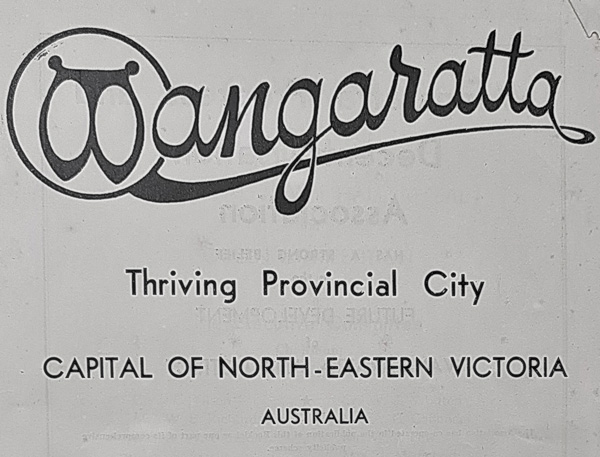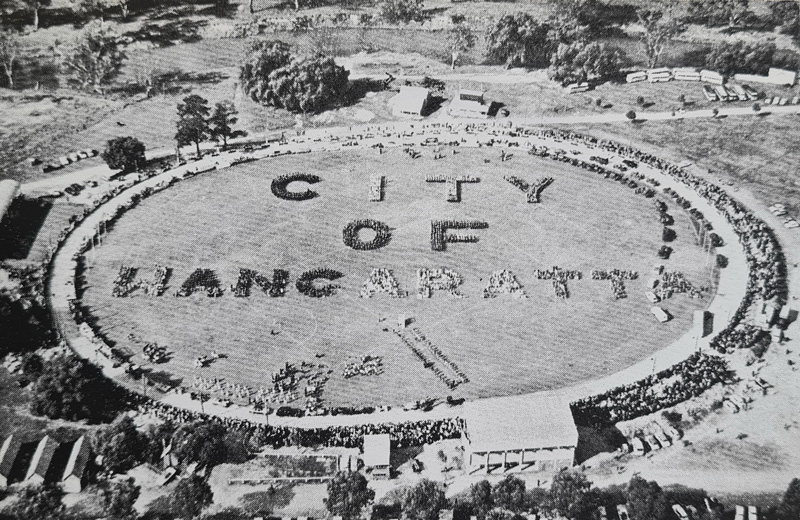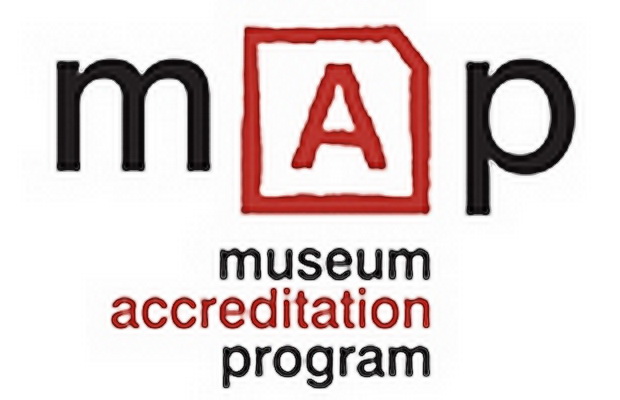Wangaratta’s History
Wangaratta is a provincial city in north-east Victoria, 210 km from Melbourne and 70 km from Albury. It is situated at the junction of the Ovens and King Rivers which flow generally northwards from the Mount Buffalo plateau and the Mount Buller area respectively.
Hume and Hovell “passed through the area” in 1824 and named the Oxley Plains immediately south of Wangaratta. The New South Wales Surveyor-General, Major Thomas Mitchell crossed the Ovens River in 1836 during his Australia Felix expedition. There is a ‘Mitchell tree’ near where Murphy Street, Wangaratta, meets the Ovens River, stated to be a place where Mitchell stopped. In the following year George and William Faithfull settled at the Bontharambo pastoral station, north of Wangaratta. In 1838 their place was taken by Joseph Docker. Docker’s Bontharambo homestead (1858) is on the Register of the National Estate.


A punt for crossing the Ovens River was begun by a man named Rattray in 1838. The Hope Inn, now the Sydney Hotel at Ovens and Templeton Streets, was opened in 1840. Ovens Crossing, as it was called, formed a settlement which became Wangaratta. In 1848 the Port Phillip surveyor, Robert Hoddle, arranged for a town survey at Ovens Crossing, consisting of 11 streets and about 200 blocks. It was named Wangaratta, reputedly derived from an Aboriginal word meaning cormorant’s resting place. Land sales took place in 1849-50. A primary school was opened in 1850, and the site continues as that of the Wangaratta State primary school.
The discovery of gold in the Ovens Valley in 1852 stimulated the growth of Wangaratta, as miners used the punt crossing and the bridge which replaced it in 1855. On 19 June 1863, Wangaratta was created a borough.
In 1873 the railway line from Melbourne to the State border, via Wangaratta, was opened. By about the turn of that century Wangaratta’s pre-eminence in the region was emerging and it became a provincial retailing and service area for north-eastern Victoria. Wangaratta borough became a city on 15 April 1959.
On 18 November 1994 Wangaratta city was united with Wangaratta shire and parts of Oxley, Beechworth, Benalla and Yarrawonga shires to form Milawa shire which was later named Wangaratta Rural City.

Home to 29,808 people – and quite a history – and that’s why we are here …
Source – ABS Census 2021
Custodians of history
The Wangaratta Historical Society was founded in 1959. Over the past 60+ years, countless people have freely volunteered their time and work as volunteers to record, preserve and present our local History and Heritage.
Through their efforts, the Wangaratta Museum has become a priceless community repository of significant and irreplaceable social and cultural heritage, with collections derived from the City of Wangaratta and its surrounds. These collections, objects, photographs, and documents, including diaries and oral histories, have the potential to inspire, educate, challenge, inform, and question our understanding of the past.
The Wangaratta Museum collection provides a unique and invaluable collective memory of the past to give our community an understanding and sense of place and consolidate connection to our civic identity and pride in our city.

Research
The Society will assist members and non-members with enquiries regarding the history of Wangaratta and environs.
The Wangaratta Historical Society Museum was accredited in 2012 under the Museums Accreditation Program.
The Wangaratta Historical Society & Museum is MAP accredited by Australian Museums and Galleries Association Victoria (AMaGA Victoria) formerly Museums Australia (Victoria) who support Historical Societies and institutions in the development of quality museums, collections care, knowledge, and specialised skills for museum work. To become accredited, museums spend 2–3 years developing procedures, policies and practice to meet recognised museum standards.

